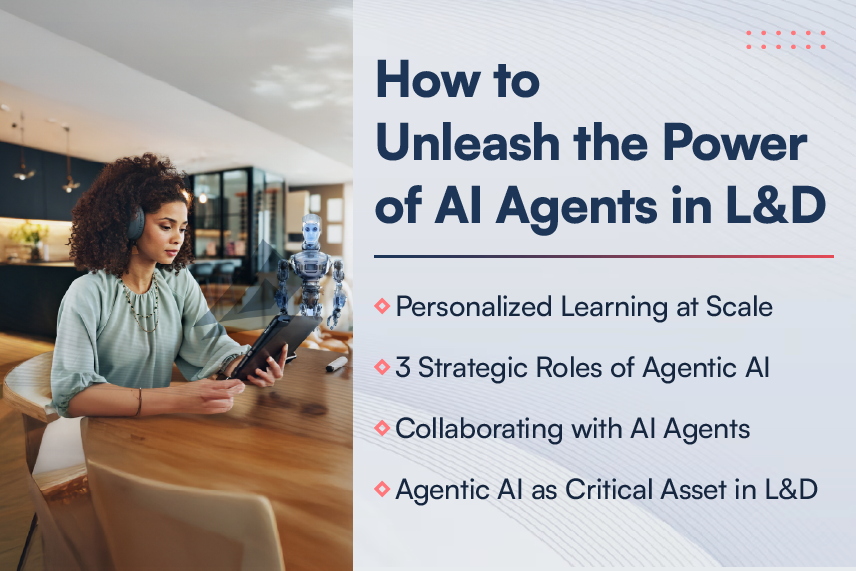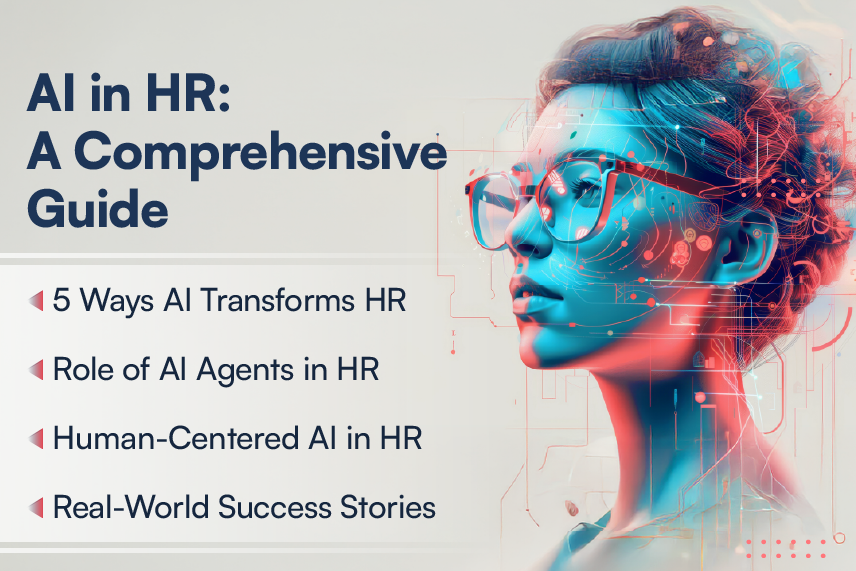
The primary objective of delivering corporate learning is to develop skills that could be applied to the actual course of work in an organization. These skills could be best developed by ‘doing’ and ‘practicing’. Learning programs that let your employees’ practice a real life situation would help retain knowledge well and apply it effectively when the actual situation arises. Simulation based training is a great way to do the same. Simulations let you re-create real life/workplace situations, and let employees sail through them without any potential threats.
Harbinger has been building simulation based training for many years now. We have serviced our customers with simulated information technology training, product training, business process, and customer service training. Multiple tools and technologies have been used to build these simulations. And if we come to shortlisting our favorites, Articulate Storyline and Adobe Captivate top the list. Both the tools are extremely user friendly and effective for building simulations. However, even between the two, each has its own set of strengths and limitations. If you are planning to develop simulation-based training, do have a look at the below comparison list and then make an informed choice.
| Articulate Storyline | Adobe Captivate |
| Storyline provides simulation capturing facility, however it creates the captured output in a video format. If client requirements change after capturing, it is difficult to do custom edits in the video. | Captivate is ideal for capturing simulation screens. In an ideal scenario, you could also capture the single screenshot and integrate it in existing recording. |
| Storyline gives readymade triggers and multiple numbers of attempts for Try Me. But it does not give any readymade animations for Show Me. | Captivate gives readymade triggers and multiple numbers of attempts for Try Me as well as Show Me. |
| Storyline creates a video at the base which is not editable and if we need to edit any screen in simulation or background then we need to rerecord entire video/session all over again. | For Captivate it is easier to replace individual slide(s) and minimal textual edits can also be done easily. |
| Storyline does not allow a theme to be applied at the onset.
In storyline, we need to set properties of captions, highlights, and text on every slide. |
In Captivate, we can set the theme for the project and the template for recording.
It is a one-time effort to set the style and process. |
| Storyline provides extensive controls in the GUI.
We can hide navigation elements and can also change the navigational element settings at slide level. We can set linear/non-linear course navigation in Storyline. Also, we can get separate scrubber (seek bar) for each slide.
|
Captivate has minimal controls in the GUI.
We cannot hide navigation elements nor change the navigational element settings at slide level. We can set linear/ non-linear course navigation in Captivate. To achieve this functionality, we need to customize the controls at the slide level. But we cannot have separate scrubber for each slide. It is only applicable to the whole course. |
| Duplicating buttons and state-changes for objects is much easier with Storyline. | Duplicating buttons is difficult when compared to Storyline. |
| Triggering functionality is much easier to implement in Storyline 2, as object names keep intact when you copy a slide in Storyline. | Triggering functionality is not very strong in Captivate. When we duplicate the slide, we need to change every trigger in Captivate as objects lose their names. |
Clearly, Captivate has an edge when it comes to building simulations. It is time-effective and requires lesser development efforts compared to Storyline. But the most optimum approach would be to create simulations in Captivate and then compile them in Storyline as a web object. However, this approach works only if your course is non-linear.
Hope the above comparison was comprehensive enough for you to make your choice. For any queries, reach out to us at contact@harbingergroup.com, or write a comment below.
This blog has been authored by Vijay Shete; with inputs from Shilpa Shindgikar and Vrunda Kollur.






